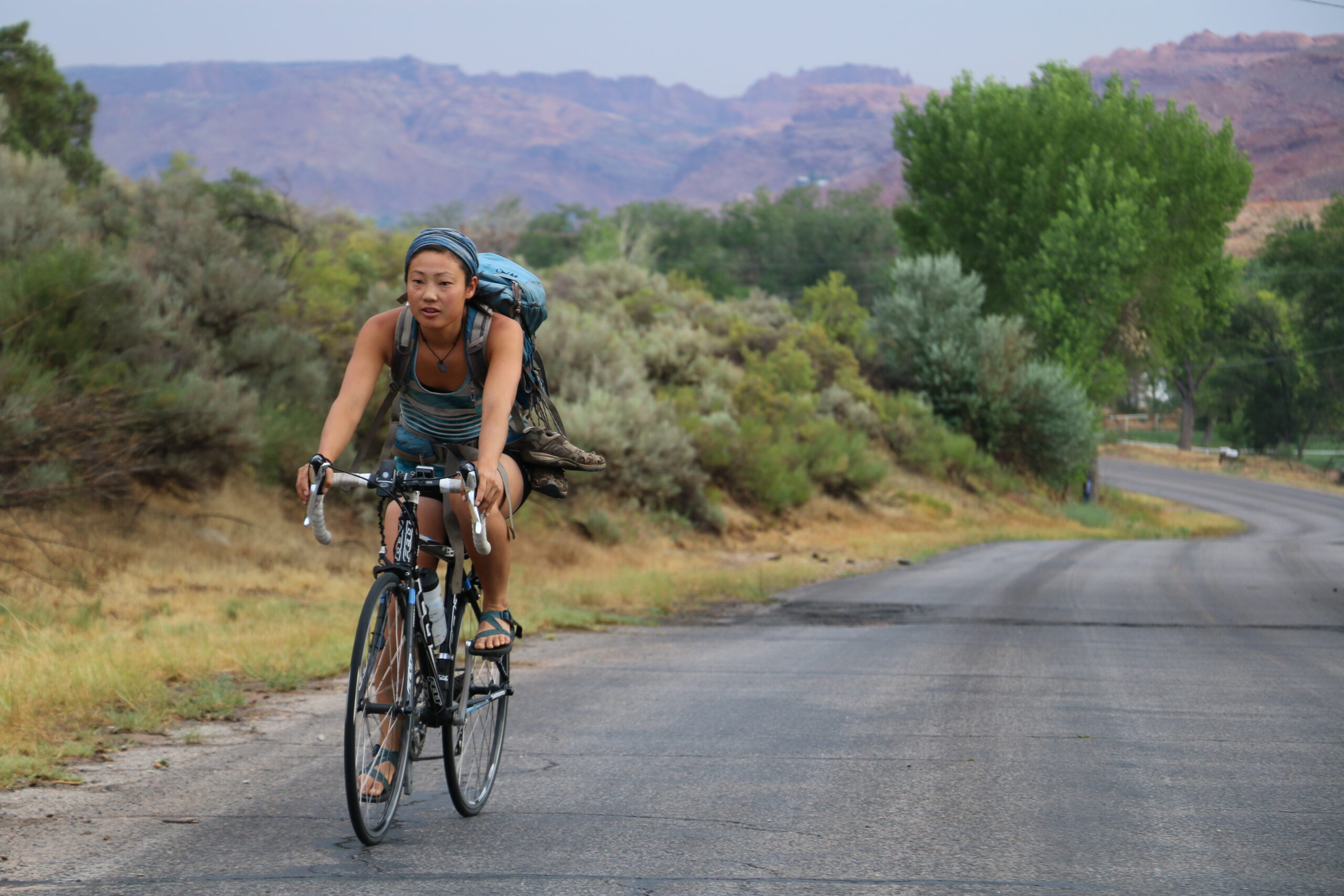Some information may be outdated.
A new commuter trail is in the works for Grand County residents.
The proposed project, a multi-use pathway along Spanish Valley Drive, would run from the intersection of Mill Creek Drive and Spanish Valley Drive to the Grand and San Juan county border. The new trail would total approximately 5.5 additional miles for community usage.
Grand County’s budget for the 2017 fiscal year supported the proposed project to the tune of $100,000. Grand County Community Development Director Zacharia Levine subsequently filed a grant application to the National Park Service’s Rivers, Trails and Conservation Assistance (RTCA) Program, whose mission, according to the NPS website, “supports community-led natural resource conservation and outdoor recreation projects across the nation.”
Previously, the RTCA Program contributed to the success of Lions Park and the Lions Park Transit Hub in Moab.
“I submitted a grant to the RTCA folks in hopes of leveraging the money set aside by the county council for early phase planning and design of the pathway,” Levine said.
Grand County Council vice chair Mary McGann wrote a letter of support to the RTCA Program, citing the council’s commitment to serving the residents of Grand County. She highlighted the county’s previously approved budget of $100,000 as “an indication of our desire to see this pathway come to fruition.”
Grand County currently has more than 150 miles of dedicated non-motorized pathways – primarily used for recreational purposes. Most of these pathways are managed and maintained by the Grand County Trail Mix Committee and exist on Bureau of Land Management (BLM) and U.S. Forest Service (USFS) managed lands.
In the unincorporated county, the only dedicated bike and pedestrian pathways are in the North Moab Recreation Corridor, which includes the Colorado River Pathway and the Moab Canyon Pathway, totaling approximately 15 miles.
The proposed Spanish Valley Drive trail, however, would run alongside a county road and cater to the local commuting population, representing the county’s growing emphasis on building commuter and connector trails for residents’ non-motorized transportation needs.
“Regarding the target populations and end-users, I would say that personally my focus has been on local commuters and recreational users,” Levine said. “However, there is an obvious benefit to tourists as well, whether it be for accessing downtown through active transportation or exploring the area (of Ken’s Lake and the La Sal Mountains) by bicycle.”
Moab Trails Alliance Executive Director and Trail Mix member Kim Schappert said the proposed pathway is an integral component of a countywide non-motorized trail system.
“It has been discussed for many years and I am happy to see positive steps happening today that will bring us closer to a finished project,” she said.
Schappert said the proposal is not so much aimed at traffic safety on U.S. Highway 191 as it is about kids being able to ride their bikes to school or sports events. For the same reason, she said, their parents could follow the pathway to work, and it would provide recreational opportunities for older residents and others – all of whom would be safely segregated from motorized traffic.
City works to expand, improve commuter trails
Within the city limits, Moab City Manager David Everitt highlighted the city’s active participation in commuter trail improvement and expansion programs.
“When I got here, I was like, ‘We’ve got to get these pedestrian and connections back,’” Everitt said.
The city has plans to restore a trail and install a bridge across Pack Creek on property between St. Francis Episcopal Church and a new hotel that is currently under construction next to Giliberto’s Mexican Taco Shop on South Main Street.
Under an agreement that had been in place since the 1980s, cyclists and pedestrians used the old trail for years until 2014, when the former owner of what is now the hotel property cut off public access to his land.
City officials and others recognized the importance of that trail, and after the property sold, they worked with the new owners to ensure that public access to the trail will be restored.
“That one will be a win for everybody, and it will be an access point for the public moving forward in perpetuity,” Everitt said.
Just to the north of that trail, the city is eyeing improvements to a connector that links Kane Creek Boulevard to a pedestrian and bike path that crosses Pack Creek and emerges at the western edge of 200 South. (Work on the 200 South trail and bridge has been delayed until September, following the nesting season of a threatened bird species that may inhabit the surrounding riparian woodlands.)
Last but not least, Moab City Parks, Recreation and Trails Director Tif Miller and others are working with developer and businessman Mike Bynum to relocate a trail along the south side of Mill Creek near 100 West to the north side of the creek, where Bynum owns property.
According to Everitt, the old trail was “basically” put in without the property owner’s permission, hence the need to move it. Once the new trail is in place, Everitt anticipates that the city will put in another bridge across Mill Creek.
“I feel like these bridges are all working in concert with each other,” he said.
County seeks federal funds for commuter trail
It has been discussed for many years and I am happy to see positive steps happening today that will bring us closer to a finished project.
Appreciate the coverage? Help keep local news alive.
Chip in to support the Moab Sun News.





